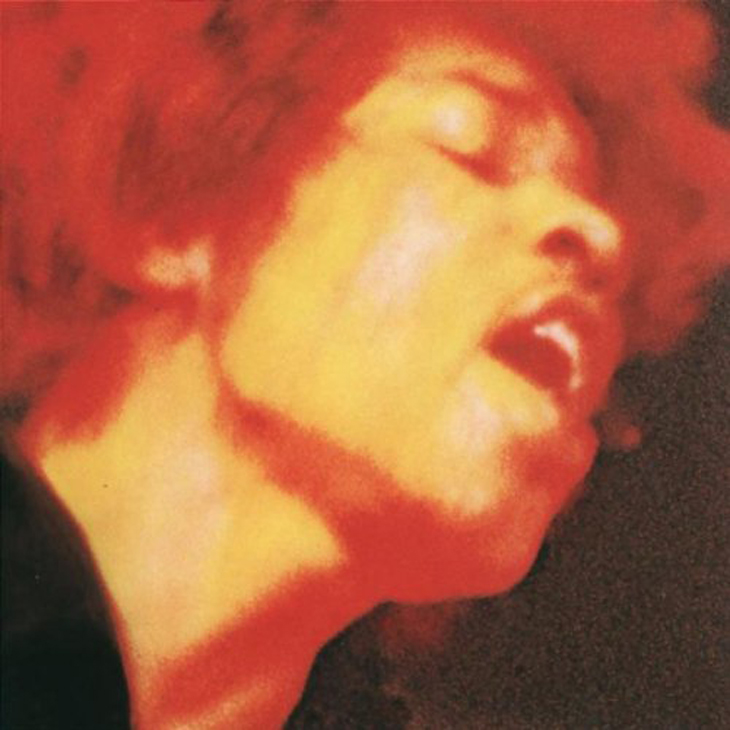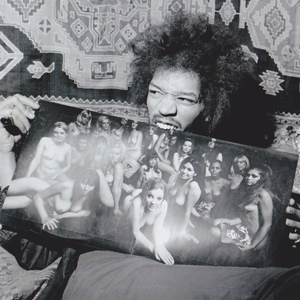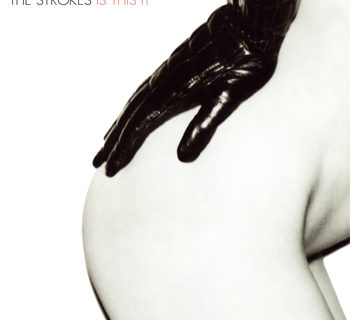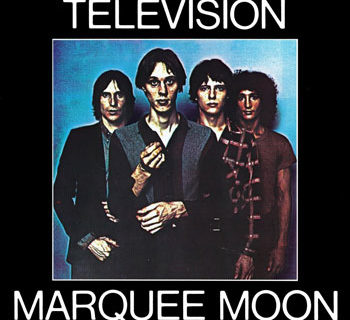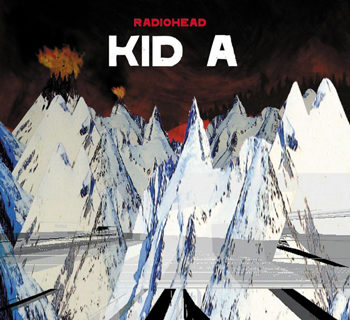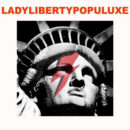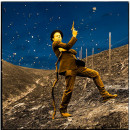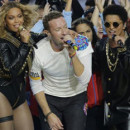The Jimi Hendrix Experience - Electric Ladyland
“…And the Gods Made Love”
I have synesthesia. For those unaware, this is a condition where your brain connects two things that are unrelated—shapes have taste, days have personality, and so on. For me, every sound in the universe has a tactile sensation. Electric guitars sound like neon tubing, and ideas, concepts, and abstractions occupy a physical space, making listening to a symphony like walking through a field.
I start my review of Electric Ladyland with this idea, because synesthesia is essential to my devotion to psychedelic rock, and the Jimi Hendrix Experience.
Electric Ladyland is spiritual, ethereal, and hard-hitting. The Experience are at their peak, with heavy hitting hard-rockers like “Crosstown Traffic,” jazz-influenced jams like “1983 (A Merman I Should Turn To Be)” and “Voodoo Chile,” proto metal on “Voodoo Child (Slight Return),” sound collages on “And the Gods Made Love,” and ripping covers with “All Along the Watchtower.”
The album’s sound palette, songwriting and sound are so dynamic, that I’m consistently compelled. Despite being a long album at 75 minutes—with two extended jams—Electric Ladyland doesn’t waste a minute. Jimi pushes the boundaries of his sound and the limits of his soloing and timbre through a variety of rhythm, songwriting, and instrumentation. He even lets Noel Redding sing on “Little Miss Strange” (OK, not everything works). Regardless, it’s a kaleidoscopic array of music: The definition of psychedelia.
The previous record, Axis: Bold as Love, is more sonically psychedelic, but this one is more spiritually so. The appeal of psychedelia is the idea that you can alter reality with the sounds of guitar, bass, and drums; that you can connect with infinity with feedback, echo, reverb, and riffage. At its base, the best psychedelic music expands beyond the constraints set by the rules to transcend itself. Electric Ladyland in its artistic efforts, succeeds the most at this.
Electric Ladyland is spiritual, ethereal and hard-hitting.
But it never sacrifices the song, in doing so. Those 13-minute jams are journeys, where the verse/chorus/verse is abandoned in favor of slow/fast and loud/soft dynamics—shifts that move slow and subtle like planets. Pairing these with comparatively tight songs like “Let the Good Times Roll” or groove machines like “Long Hot Summer Night” make that sense of dynamism stretch across the album.
This record was released to complaints of being dense, confusing, and sonically all-over-place. I agree with that assessment, but the result, personally, is a painting of staggering complexity and movement—a three-dimensional infinity that makes listening ecstatic.
If only you could see what I see when I hear this album.
Until I return slightly.

